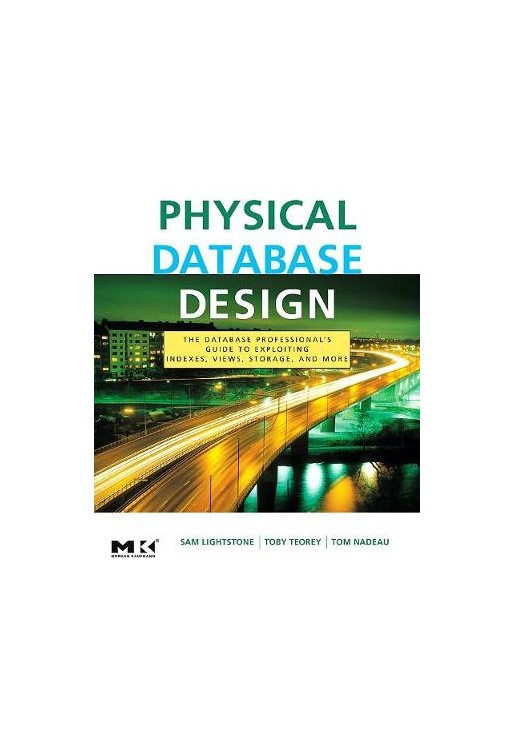Discusses the concept of how physical structures of databases affect performance, including specific examples, guidelines, and practices for a variety of DBMSs and configurations. This volume explores B+tree indexing, clustered indexes, multidimensional clustering (MDC), range partitioning, and, shared nothing partitioning
1 Introduction to Physical Database Design
2 Basic Indexing Methods
3 Query Optimization and Plan Selection
4 Selecting Indexes
5 Selecting Materialized Views
6 Shared-nothing Partitioning
7 Range Partitioning
8 Multidimensional Clustering
9 The Interdependence Problem
10 Counting and Data Sampling in Physical Design Exploration
11 Query Execution Plans and Physical Design
12 Automated Physical Database Design
13 Down to the Metal: Server Resources and Topology
14 Physical Design for Decision Support, Warehousing, and OLAP
15 Denormalization
16 Distributed Data Allocation
Appendix A A Simple Performance Model for Databases
Appendix B Technical Comparison of DB2 HADR with Oracle Data Guard for Database Disaster Recovery




